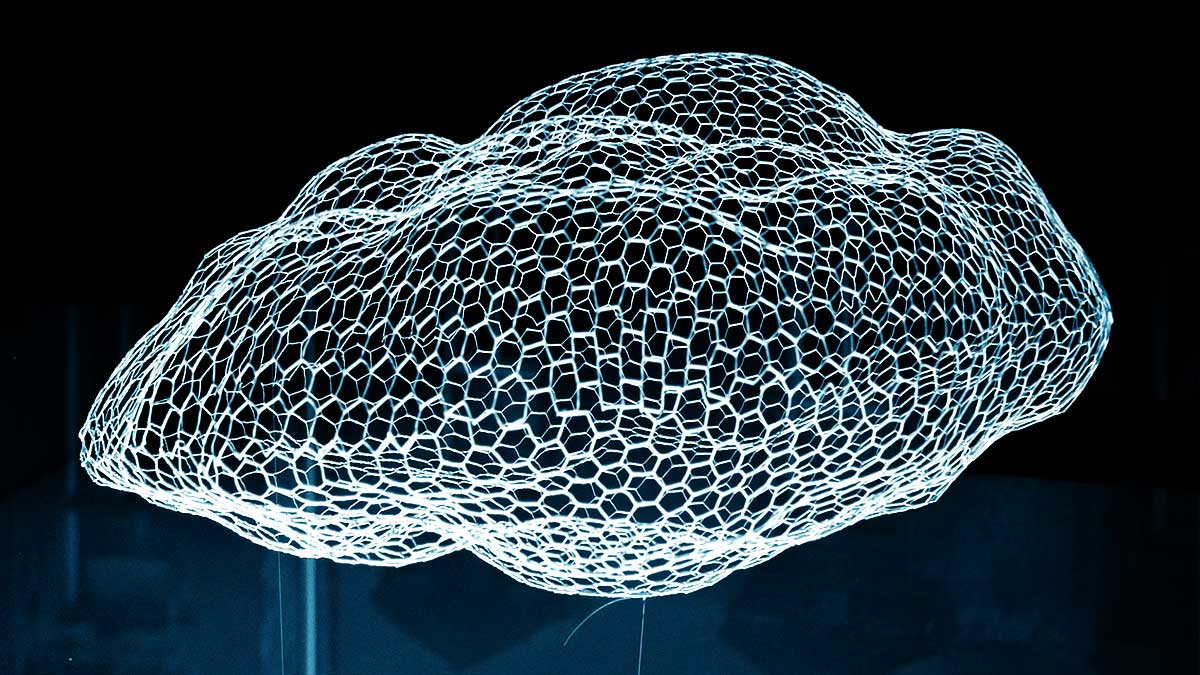How Geisinger Health System Uses Big Data to Save Lives
- by 7wData

Major industries from retail to aeronautics are leveraging big data. But despite the abundance of data in healthcare, and the clear promise of big-data analytics, the sector has been slow to put it to work. Among the obstacles to adoption are laws aimed at protecting patient Information, and a shortage of technical talent; hospitals and clinics compete for big data engineers whose technical skills can be agnostically applied across industries. Nonetheless, in 2015 Geisinger Health System implemented an IT system called a Unified Data Architecture (UDA) which allowed us to integrate big data into our existing data analytics and management systems. We use the UDA’s big data capabilities to track and analyze patient outcomes, to correlate their genomic sequences with clinical care, and to visualize healthcare data across cohorts of patients and networks of providers. Geisinger’s UDA is the largest practical application of point-of-care big data in healthcare, with thousands of CPUs processing and delivering hundreds of terabytes of data every hour.
In 1996 Geisinger was one of the earliest adopters of a full-featured Electronic Health Record (EHR). Since then, clinicians have been dutifully entering patient Information and using the EHR to support care. But pulling meaningful data aggregated from many sources back out of EHRs has historically been vexingly complex. The potential insight from these data are limited in practice by the shortcomings of traditional data repositories. Legacy analytic systems fail to accommodate new types of data, such as unstructured, free-text patient notes that do not fit neatly into traditional rows-and-columns databases. In spite of an industry trend to replace best-of-breed clinical systems with monolithic EHR systems, most hospitals still have a patchwork of interconnected auxiliary systems which end up trapping data in silos.
Looking at patients solely through the lens of an EHR yields an incomplete picture; patients visit clinics outside of the health system’s reach, and in fact spend the vast majority of their time outside of healthcare systems altogether. They leave digital breadcrumbs everywhere they interact, from the grocery store and its loyalty program, to the smartphone and its apps. With patients’ permission, we can access and integrate some of that data. Our UDA provides a common data space for rapid integration of data from selected internal and external sources. The power to process troves of data from various sources, combined with the ability to integrate and store large volumes of data, makes the UDA uniquely positioned to fill the gap left by traditional healthcare data systems. The integration of data from Health Information Exchanges, clinical departmental systems (such as radiology and cardiology), patient satisfaction surveys, and health and wellness apps provides us with a detailed, longitudinal view of the patient.
While the Geisinger team is still moving data sources to the UDA, we have already experienced several early successes.
“Close the Loop” program. Patients are usually admitted to hospitals for the treatment of a primary diagnosis, but frequently have additional health issues. For example, a trauma patient admitted through the emergency department after a car accident typically undergoes body imaging to look for internal injuries.
[Social9_Share class=”s9-widget-wrapper”]
Upcoming Events
Shift Difficult Problems Left with Graph Analysis on Streaming Data
29 April 2024
12 PM ET – 1 PM ET
Read MoreYou Might Be Interested In
12 Barriers To Real-Time Analytics
29 Jul, 2016As organizations look to stay competitive by expanding their use of real-time analytics, implementation becomes a challenge. Finding options to …
Building a Data Platform: 7 Signs It’s Time to Invest in Data Quality
14 May, 2022One of the most frequent questions I get from customers is: when does it make sense to invest in data …
The Future of the Metaverse + AI and Data Looks Bright
11 Jan, 2022We’re on the cusp of major breakthroughs in the metaverse, that collective world of new augmented reality (AR) and virtual …
Recent Jobs
Do You Want to Share Your Story?
Bring your insights on Data, Visualization, Innovation or Business Agility to our community. Let them learn from your experience.
Privacy Overview
Get the 3 STEPS
To Drive Analytics Adoption
And manage change




